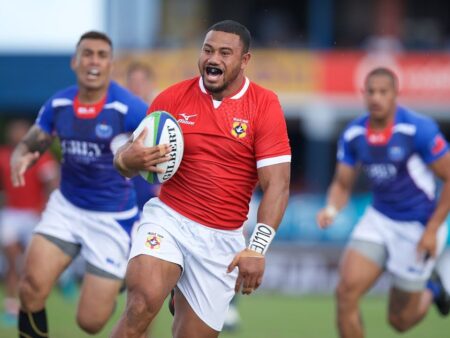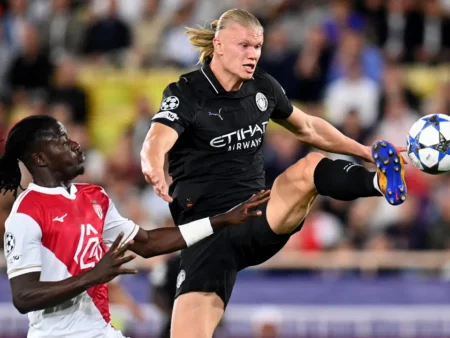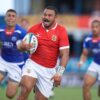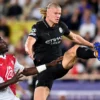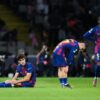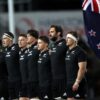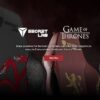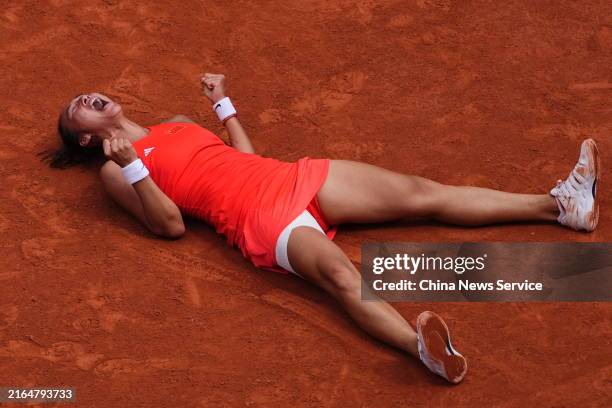
The Unexpected Appearance: 70% is the New 100%?
Following a right elbow surgery in July, conventional wisdom might have dictated a longer, more cautious recovery period. Yet, there Zheng Qinwen was, competing at a WTA 1000 event in her home country. Her admission was startlingly frank: “I actually didn`t plan to play here, because I was not 100% ready, maybe around 70% or 80%.”
This isn`t merely a testament to her resilience; it`s a window into the nuanced decisions professional athletes face. In a sport where fractional percentages can determine victory, electing to compete at a perceived deficit is a high-stakes gamble. It suggests a calculated risk, weighing potential setbacks against the immense psychological and strategic advantages of competitive play, particularly on home soil.
The Anatomy of Recovery: A Frustrating Final Stretch
Zheng detailed the arduous process of rehabilitation. The initial phases were swift, a typical trajectory where dedicated physiotherapy yields rapid gains. However, the final stretch, the ascent from 80% to that elusive 100%, proved to be a stubborn plateau.
This particular insight is crucial. It highlights a common, yet often unstated, frustration for athletes: the disproportionate effort required to gain those last few percentages of peak performance. It`s where mental fortitude is tested as much as physical capacity, navigating the fine line between pushing limits and risking re-injury.
The Home Court Advantage and a Team`s Calculated Green Light
So, what spurred this seemingly premature return? A confluence of factors, as Zheng elucidated. First and foremost, the palpable allure of playing in China. The opportunity to compete before a home crowd, with the accompanying surge of national pride and support, is an undeniably powerful motivator. For many athletes, such an environment transcends mere competition; it becomes a celebration of identity.
Crucially, her medical team played a pivotal role. After extensive discussions, they assured her that “I was not risking anything if I decided to play matches, and that everything depended on me.” This endorsement provided the necessary technical clearance, transforming a personal desire into a professionally sanctioned decision. It wasn`t reckless abandon, but a thoroughly evaluated choice.
Performance Under Constraint: Strengths and Strategic Imperatives
Even at 70-80% capacity, Zheng Qinwen demonstrated remarkable proficiency in certain aspects of her game, an impressive feat that underscores her baseline talent and strategic intelligence:
- Baseline Prowess: She expressed significant satisfaction with her groundstrokes, noting, “I make some mistakes, but I win more points there.” This suggests her foundational power and consistency from the back of the court remain formidable.
- Net Play: Her ability to successfully approach the net also stood out as a positive, indicating her all-court game has retained its sharpness despite the physical constraints.
However, the remaining 20% of her recovery is precisely where the technical challenge lies: her serve. “The serve… It`s not as fast as I`d like yet — averaging around 175 km/h,” she admitted. For a player who relies on a potent serve to dictate points and gain an early advantage, this is a significant area for continued focus. The difference between 175 km/h and her optimal speed represents not just raw power, but critical margins in accuracy, spin, and opponent reaction time.
This technical detail offers a glimpse into the strategic thinking required. While winning matches at 70-80% is commendable, the ultimate goal remains 100%, particularly for Grand Slam aspirations. Her current performance, while effective, is a testament to her adaptability rather than an indication of full recovery.
The Road Ahead: Beijing and Beyond
Having navigated her opening match with strategic precision, Zheng Qinwen is set to face Linda Noskova next. Each match in this tournament will serve as both a competitive challenge and a diagnostic session for her recovery. It`s a calculated experiment, played out in real-time on a global stage.
Zheng Qinwen`s unscripted return at the China Open is more than just a tennis story; it`s a compelling narrative of grit, professional assessment, and the unique motivations that drive elite athletes. It reminds us that sometimes, the most profound victories aren`t just about the scoreline, but the courage to step onto the court when the odds, and indeed one`s own body, aren`t quite at full tilt. And in the demanding arena of professional tennis, that, perhaps, is the truest measure of a competitor.
